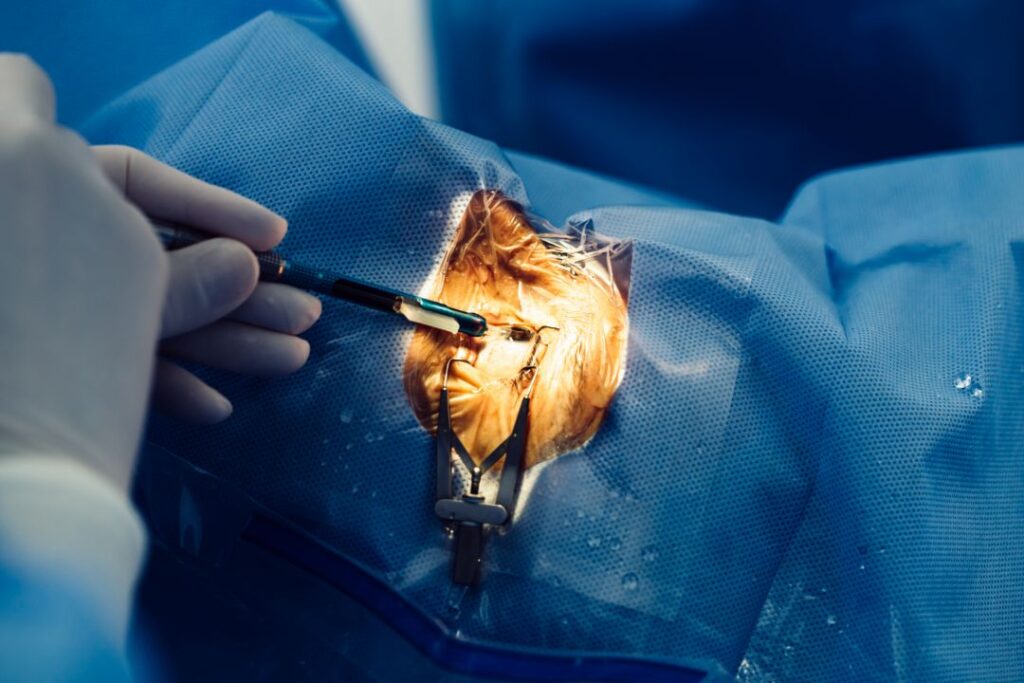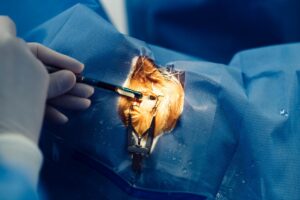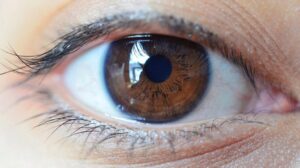Laser eye surgery has transformed the lives of millions around the world. The promise of waking up to clear vision without glasses or contacts is enticing, but many people wonder what the experience is truly like. Reading real patient experiences can provide valuable insights into the procedure, recovery, and the life-changing results that follow.
This article shares real stories, challenges, and advice from people who underwent laser eye surgery, giving a comprehensive picture of what to expect.
What Is Laser Eye Surgery?
Laser eye surgery is a medical procedure designed to reshape the cornea — the clear front layer of the eye — to correct common vision problems such as nearsightedness, farsightedness, and astigmatism. By adjusting how light enters the eye, laser treatment allows the retina to receive focused images, reducing or eliminating the need for glasses or contact lenses.
Types of Laser Eye Surgery
- LASIK (Laser-Assisted In Situ Keratomileusis)
LASIK is the most well-known procedure. A thin flap is created in the cornea, reshaped with a laser, and then repositioned. Recovery is typically quick, with most patients noticing improved vision within 24–48 hours. - PRK (Photorefractive Keratectomy)
PRK removes the cornea’s outer layer before reshaping the tissue beneath. Recovery is slower, often taking 1–2 weeks, but it is suitable for patients with thinner corneas or certain lifestyles. - SMILE (Small Incision Lenticule Extraction)
SMILE is a minimally invasive technique where a small lens-shaped piece of tissue is removed through a tiny corneal incision. Recovery is generally rapid, with most patients resuming normal activities in just a few days.
Who Is Eligible?
Patients may be considered for laser eye surgery if they:
- Are over 18 and have stable vision
- Have healthy corneas and no serious eye conditions
- Are not pregnant or breastfeeding
- Do not suffer from severe dry eyes, glaucoma, or corneal diseases
A thorough eye examination is essential to determine the best procedure for each individual.
Real Patient Stories
Hearing firsthand experiences helps future patients set realistic expectations. Here are stories from a diverse group of people who underwent laser eye surgery.
1. Sarah, 28 – LASIK
“I was tired of struggling with contacts every morning. My LASIK surgery was quick — just 15 minutes per eye — and I noticed the difference immediately. The first day my vision was hazy, but by the next morning, I could see clearly without any lenses. The recovery was almost effortless.”
2. James, 42 – PRK
“PRK took a bit longer to heal. For the first week, my eyes were sensitive and vision fluctuated. But my surgeon guided me through it with eye drops and regular check-ins. By the second week, I was able to drive and read comfortably. Looking back, the patience was worth it.”
3. Emily, 35 – SMILE
“SMILE was amazing — minimally invasive and fast. I felt mild pressure during the procedure, but there was no pain. Within three days, I returned to work, and within a week, I could see everything clearly. It completely changed my daily routine.”

4. Michael, 50 – LASIK
“As someone older, I was nervous about recovery, but LASIK surprised me. My vision stabilized in just a couple of days. The best part was enjoying outdoor activities and sports without worrying about glasses.”
5. Hannah, 24 – PRK
“PRK recovery was slower, and at times frustrating, but the team’s support helped me through. Now, six months later, my vision is perfect. I can study, exercise, and live my life without contacts. It’s been liberating.”
Common Challenges and How Patients Overcame Them
While most patients report positive experiences, challenges can occur:
- Dry eyes: Frequent lubricating drops helped alleviate discomfort.
- Light sensitivity: Wearing sunglasses outdoors and reducing screen time eased strain.
- Temporary blurry vision: Patience and adherence to follow-up appointments ensured smooth recovery.
- Emotional anxiety: Support from doctors, family, and online patient communities provided reassurance.
Patients emphasize that following post-surgery instructions closely is key to a smooth healing process.
Tips and Advice from Patients
- Do your research: Learn about LASIK, PRK, and SMILE, and choose a qualified ophthalmologist.
- Plan ahead: Take time off work and arrange for someone to drive you home.
- Follow aftercare instructions: Use prescribed eye drops, avoid rubbing eyes, and limit exposure to irritants.
- Stay patient: Recovery times vary; gradual improvements are normal.
- Listen to your body: Rest your eyes, take breaks from screens, and seek help if unusual symptoms appear.
Benefits Patients Experienced After Recovery
- Clear vision without glasses or contacts
- Enhanced confidence and independence
- Freedom in sports, travel, and daily activities
- Minimal ongoing maintenance
- Improved quality of life and convenience
Patients consistently report that laser eye surgery exceeded their expectations and provided life-changing results.
Conclusion: Learn from Real Experiences
Hearing real stories from people who had laser eye surgery helps set realistic expectations and reduce anxiety. Whether you choose LASIK, PRK, or SMILE, understanding the recovery process and patient experiences can empower you to make informed decisions. Consult a qualified ophthalmologist, follow aftercare instructions, and prepare for a future of clear, lens-free vision.
FAQS
Most patients reported mild pressure, slight watering, or temporary haziness. Anxiety and excitement were common, but numbing drops prevented significant pain. Immediate feelings vary, but professional guidance and aftercare ensure comfort during the first few hours post-surgery.
Recovery times vary depending on the procedure. LASIK and SMILE patients often see improvement within 24–48 hours, while PRK patients may take up to two weeks. Vision continues to improve over several months for a fully stable outcome.
Common challenges include dry eyes, light sensitivity, temporary blurry vision, and emotional stress. Using lubricating drops, wearing sunglasses, and following post-surgery instructions helped patients overcome these hurdles effectively.
Yes. LASIK and SMILE generally offer quicker recovery, while PRK may involve slower healing and more initial discomfort. Individual factors like age, eye health, and lifestyle also affect the experience, making each story unique.




